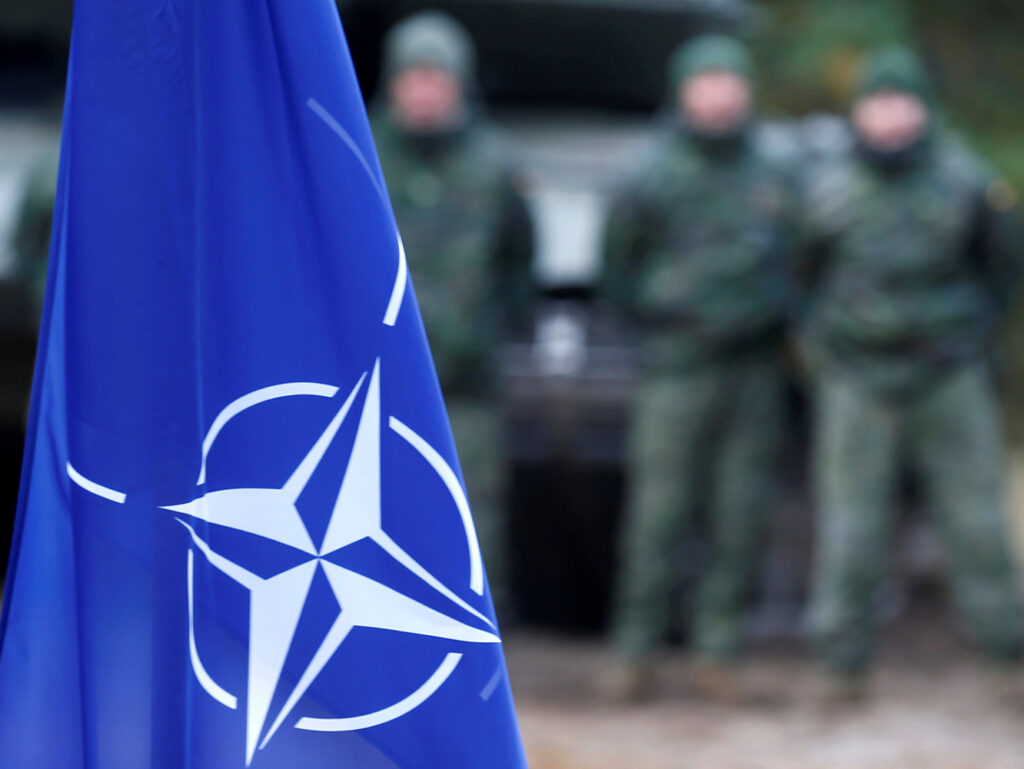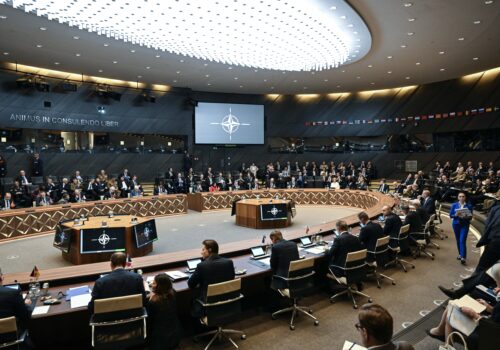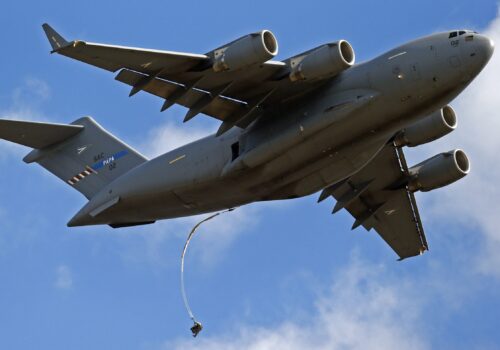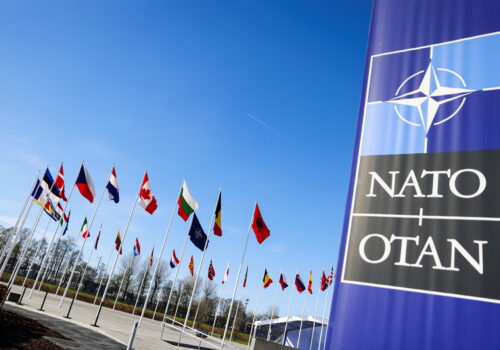Top takeaways
- The Atlantic Council’s Transatlantic Security Initiative has launched a real-time NATO Defense Spending Tracker to offer a clearer and fuller picture of how allies are contributing to collective defense and the development of real military capabilities.
- All allies currently exceed the 2 percent defense spending target set by NATO in 2014 during the Wales Summit, marking considerable progress in defense spending across the Alliance.
- For the first time in recorded NATO history, a European ally—Norway—has surpassed the United States in defense spending per capita.
The bar is going up. At the NATO Summit in The Hague, heads of state and government of NATO allies agreed on a new defense spending target: 5 percent of gross domestic product on defense by 2035. This new pledge includes spending 3.5 percent on defense items such as troops and weapons and 1.5 percent on defense-related items such as critical infrastructure, cybersecurity, and other resilience measures.
This tracker breaks down allies’ defense spending through metrics that go beyond share of GDP—from amounts spent on military equipment to support for Ukraine.
Acknowledgements
Authors: Kristen Taylor, Julia Salabert, and Zak Schneider
The research team would like to thank Uri Friedman, Michael Currie, and Daniel Malloy for their contributions to this project.
Related content
Explore the program

The Transatlantic Security Initiative aims to reinforce the strong and resilient transatlantic relationship that is prepared to deter and defend, succeed in strategic competition, and harness emerging capabilities to address future threats and opportunities.



